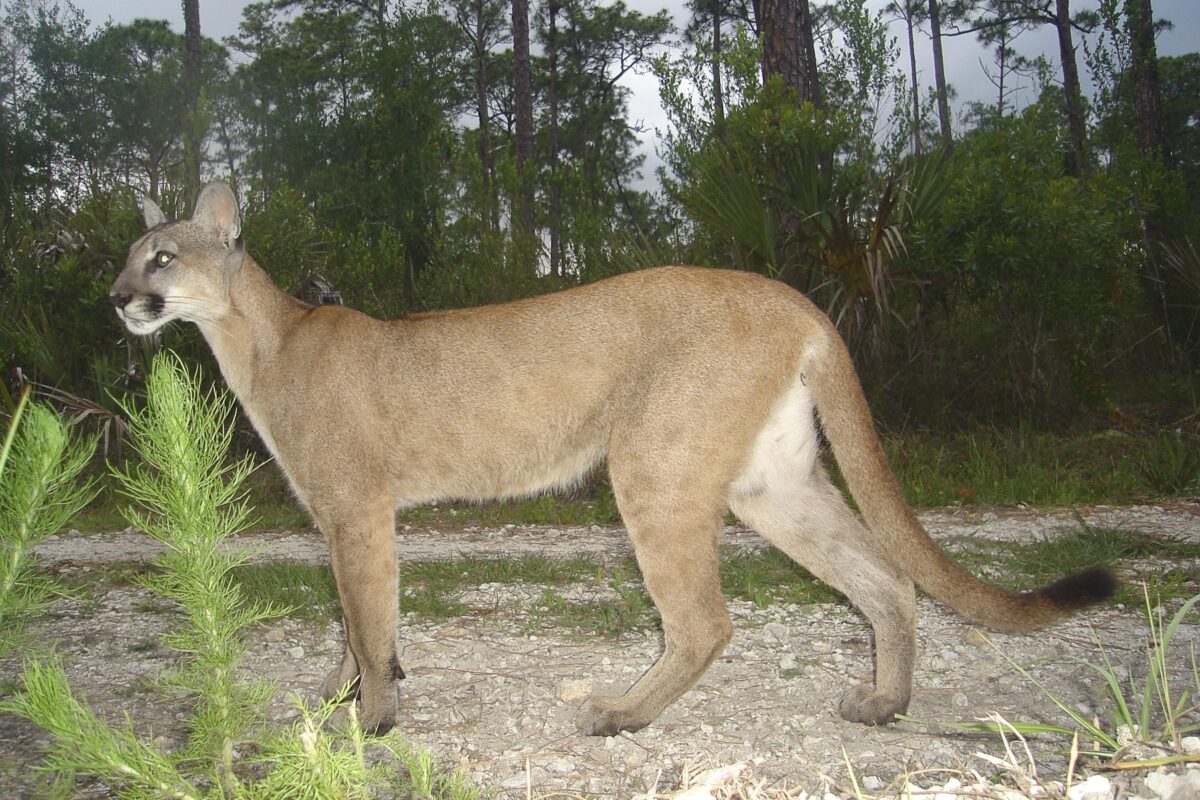Little to Fear: Save Fear Itself
Man has always feared the unknown. Even now, with our dominion over nature many are frightened of wild creatures that might kill and eat humans. If you asked someone what animal frightens them the most, chances are sharks, wolves, and mountain lions will be near the top of their list.
It’s that fear, what some might even call irrational, that appears to fuel many of the management decisions of state game agencies, even though those same agencies claim to base their policies on science.
Take the Oregon Department of Fish and Wildlife (ODFW) for example. Despite never having a single recorded incident of a wild mountain lion attacking or killing a human in Oregon, ODFW carries out “public safety” hunts in an attempt to eradicate the mountain lion population in key areas of the state. Areas which don’t necessarily have the greatest number of humans and cougars mixed together, but where, based on the public outcries, the greatest fear abounds.
Throughout America, even in regions of the country where no known mountain lion population exists, reporters repeatedly interview distressed people who “fear for the safety of loved ones.” And it’s this deep-seated fear that’s stopping the natural reestablishment of mountain lions in the Midwest today.
Perhaps one of the most egregious examples of irrational fear came to our attention recently from the semi-rural community of Woodside, California. There, a fairly new resident to the area applied for a permit to construct a tunnel between two homes on the property. The reason they provided to the county planning commission for this addition was they wanted to provide safe passage for their children from mountain lions when they visited their grandparents on the other side of the family compound.
The Mountain Lion Foundation will be the first to admit that mountain lions are wild animals. However, by that same token, the category “wild animal” does not necessarily refer to a creature that’s automatically dangerous to, or targeting humans. It refers to a species that has not been domesticated–not specially bred and trained by humans for many generations and considered tame. As wild animals, mountain lions should be treated with a healthy dose of caution and respect, but not necessarily fear.
Consider these facts:
- Mountain lions do not consider humans, as upright bi-peds, to be a food source. We simply do not fit their image of something good to eat.
- Somewhere between 85 and 90 percent of all mountain lion sightings turn out to be false. So the chances of actually coming face to face with a mountain lion, especially in developed areas, are very slim.
- To the best of our knowledge, in those incidents where a mountain lion has wandered into “our” territory, the animal is more concerned with getting away or hiding than in attacking someone.
- Rural residents can reduce the chances of attracting mountain lions to their homes by taking the simple step of removing all potential food sources. That means don’t feed deer or other prey species, bring your pets indoor and secure small livestock, sheep, goats, and calves in covered enclosures at night.
- Mountain lions can not afford to be injured in a fight. If confronted by a lion, making yourself appear large and threatening will usually make the mountain lion back off.
In the end, it all comes down to accepting that we don’t have to eliminate everything that might potentially harm us. With a little common sense, we and our loved ones can all stay safe while peacefully co-existing with America’s lions.



 Facebook
Facebook Twitter
Twitter Send Email
Send Email


